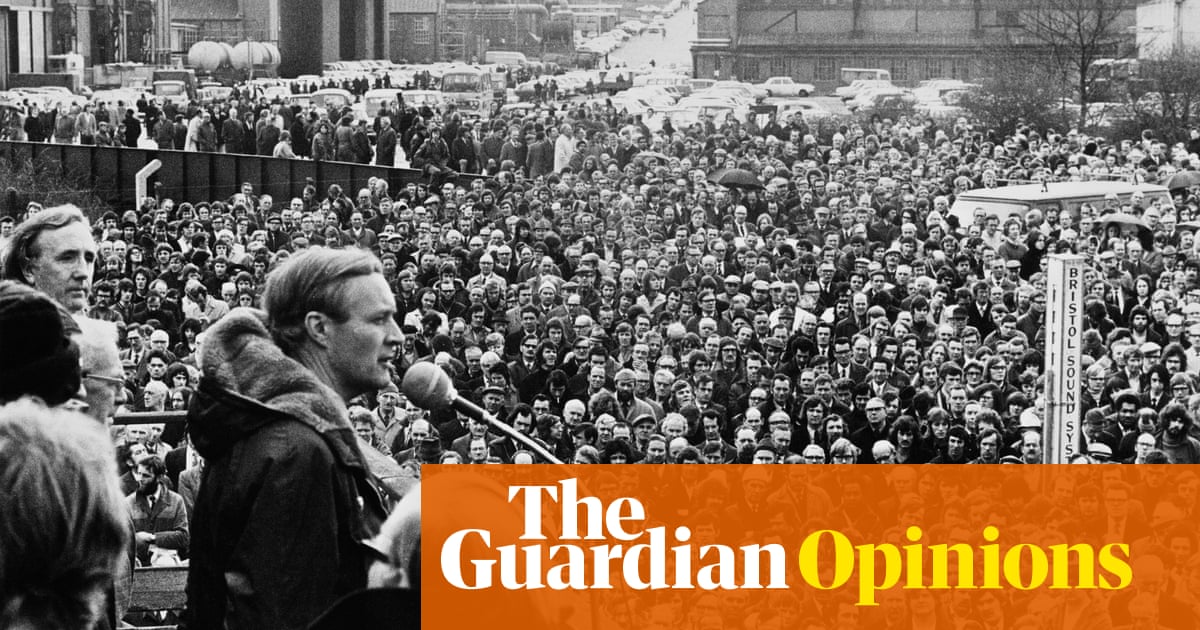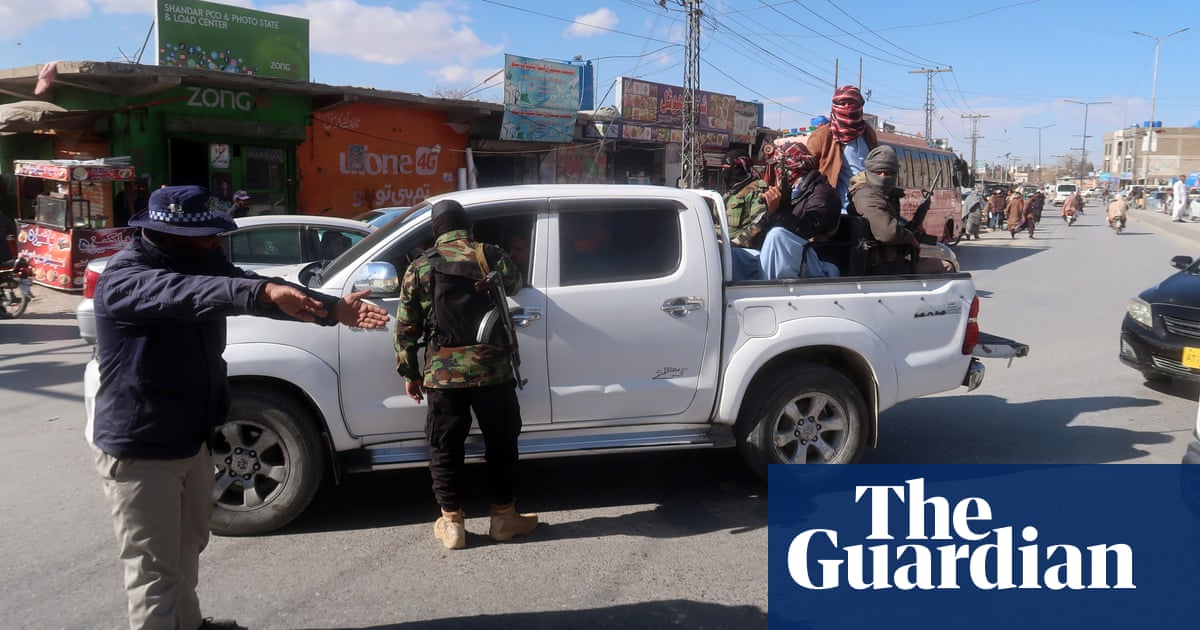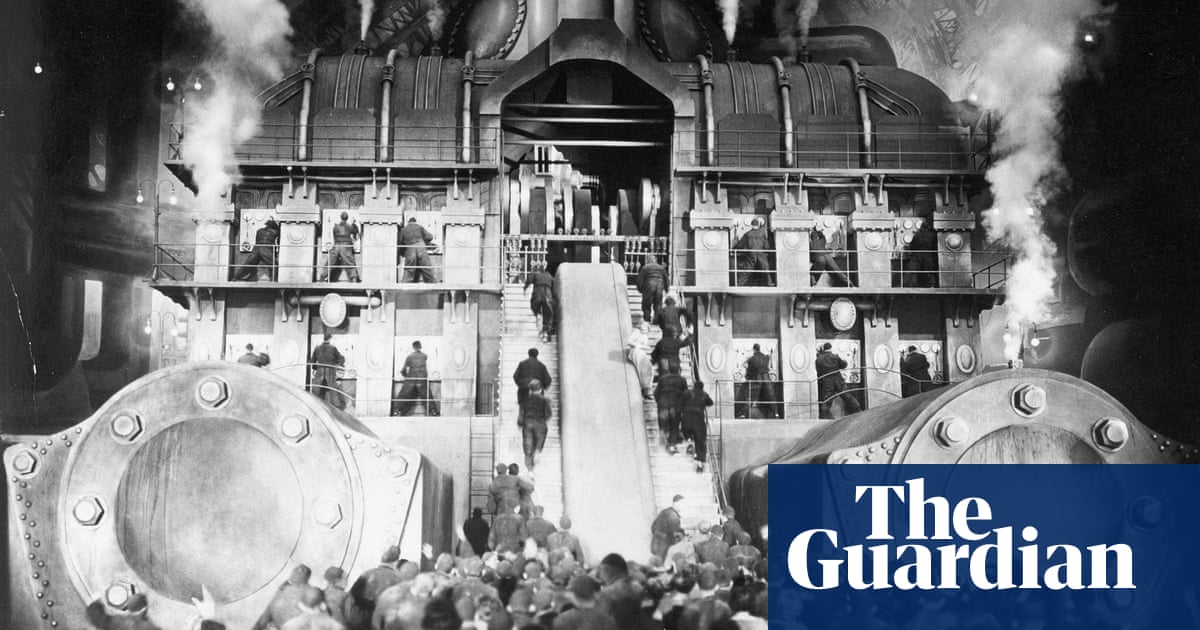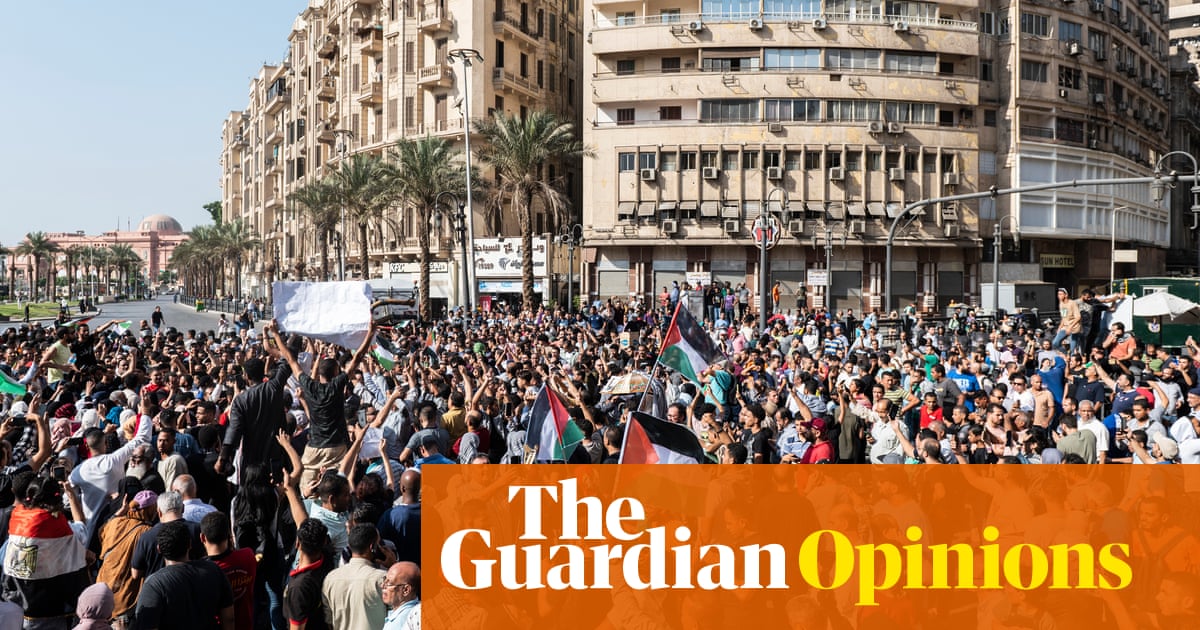
In Britain and other supposedly calm democracies, the ascent of leftwing politicians can arouse unusual fears of violence. Many conservatives and centrists associate the left with mobs, intimidation and revolutionary struggle. For some on the right, leftwing politics of any sort is a kind of violence, with the upsetting of the traditional order that it promises.
Such fears are not always groundless. But more often they are exaggerated, sometimes deliberately, in order to smear the left as fanatical and dangerous. In reality, the left always contains plenty of pacifists and other principled opponents of the use of force – life’s “herbivores”, as the writer Michael Frayn called them in a perceptive 1963 essay.
Instead, what violence there is around the left, whether rhetorical or real, is often directed the other way, against the left’s own representatives. “She should be shot,” concluded the Tory mega-donor Frank Hester’s horrible rant against Diane Abbott, who after 37 years as an MP remains one of the best-known socialists in the country.
Hester’s racism and misogyny have rightly received huge condemnation. Yet less attention has been paid to the extremity of what he said he wanted to happen to Abbott, and less still to the effect of such violent fantasies on the left as a whole. Is talk of violence against the left just an expression of conservative anger, nasty but with no serious political consequences, or is it something more?
Prominent British socialists have always received death threats. Tony Benn got them regularly throughout his decades as an MP, particularly in the 1970s and 80s when he seemed about to acquire significant power as a minister or Labour deputy leader. Sometimes the threats were sent to his wife, Caroline. “We regret that your husband is going to be killed and that you will be a widow, but it is in the public interest,” said one letter in 1975, which claimed to be from a group of businessmen called the Defenders of Private Enterprise.
Well-known leftwingers have been physically assaulted. In 1981, Ken Livingstone, the then leader of the radical Greater London Council, was grabbed and sprayed in the face with red paint. In 2019, Jeremy Corbyn had an egg smashed on his head by a Brexit supporter. Such incidents have generally been treated by the media as minor, almost meaningless. Yet they form part of an ominous pattern. Shortly after the egg-smashing, a video appeared on Twitter (now X) of British soldiers in Afghanistan using a poster of Corbyn for target practice. In 2017, a man from Cardiff with far-right views, Darren Osborne, drove a rented van into a crowd near a mosque in Corbyn’s constituency, killing one man. Osborne had originally planned to kill the Labour leader himself.
For the politicians targeted, this mixture of serious threats, actual attacks and hostile play-acting can be intimidating, anxiety-inducing or just depressing. In his diaries, Benn often tried to brush off the death threats as ridiculous rightwing fantasies. But sometimes he admitted to being deeply unsettled. In 1981, the New Statesman printed a story about an alleged plan to kill him two years earlier, involving the Tory MP and close ally of Margaret Thatcher, Airey Neave, and a former MI6 agent, Lee Tracey. Benn later saw Tracey on an episode of Panorama about the security services, and recorded that he felt as if “I was watching my potential assassin. It was a very strange feeling.” No inquiry into the alleged plot followed.
Beyond the individual victims, the broader effect of violence against the left, whether real or rhetorical, is to make leftwing politicians seem a risk. If you elect them, and especially if they gain positions of national power, violence may follow, voters are in effect warned. As British politics has become more confrontational since the mid-2010s, a wider range of MP’s have become targets, most horribly the centre-left Labour MP Jo Cox and the Tory MP David Amess. But the left remains a favourite target. Along with Abbott, one of those in parliament receiving the most violent abuse is the young leftwinger Zarah Sultana.
As much as it’s possible to identify the perpetrators in an era of easily anonymised social media, most of the threats appear to come from the political fringes. Yet the main beneficiaries of this climate of fear may turn out to be centrist, relatively bland and therefore less provocative politicians – however much they themselves may genuinely be appalled by political violence.
This is a country where many voters and political journalists revere “moderates” and dislike “extremists”, especially those on the left. It can be argued that the threat of violence against radical MPs acts as another form of political discipline, keeping rebellious figures such as Abbott isolated and on the margins, where only the bravest fellow MPs are prepared to join them.
Britain’s self-image as a peaceful place, however much violence it has visited on other countries, and however much violence is in its own history, means that the role of violence in its politics is usually played down. To look into threats against leftwing MPs, like showing an interest in the threats to our democracy from rightwing authoritarians in the 70s and more recently, is to risk being seen as paranoid, ghoulish, a bit obsessive.
Yet as the Hester episode shows, violent sentiments can be expressed by people very close to power, seemingly without serious consequences for their political and commercial activities. Meanwhile, peaceful protesters are increasingly sent to prison. Where a country draws the line between acceptable and unacceptable politics is always very telling.
Andy Beckett is a Guardian columnist












